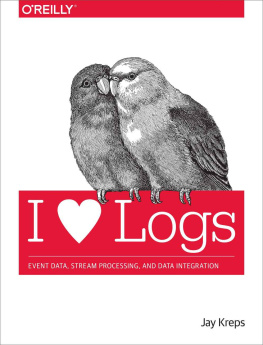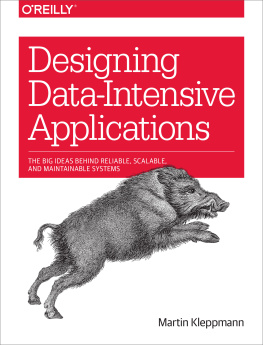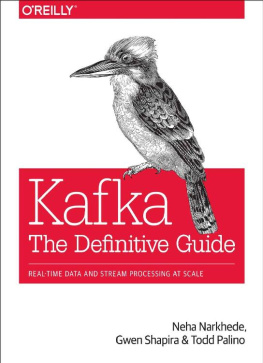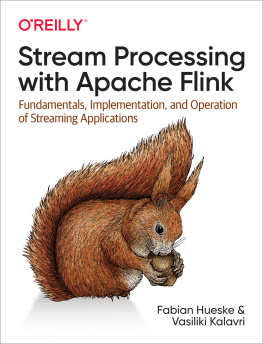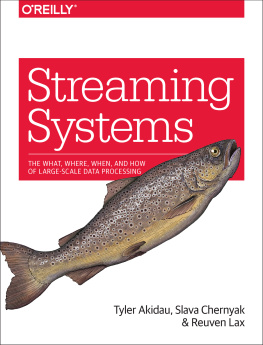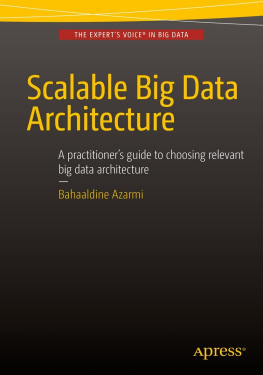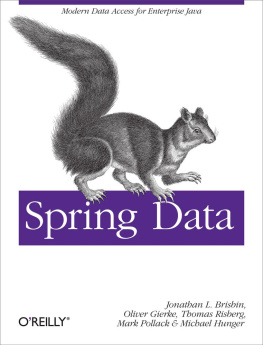Indicates new terms, URLs, email addresses, filenames, and file extensions.
Used for program listings, as well as within paragraphs to refer to program elements such as variable or function names, databases, data types, environment variables, statements, and keywords.
Safari Books Online
Safari Books Online is an on-demand digital library that delivers expert content in both book and video form from the worlds leading authors in technology and business.
Technology professionals, software developers, web designers, and business and creative professionals use Safari Books Online as their primary resource for research, problem solving, learning, and certification training.
Safari Books Online offers a range of plans and pricing for enterprise, government, education, and individuals.
Members have access to thousands of books, training videos, and prepublication manuscripts in one fully searchable database from publishers like OReilly Media, Prentice Hall Professional, Addison-Wesley Professional, Microsoft Press, Sams, Que, Peachpit Press, Focal Press, Cisco Press, John Wiley & Sons, Syngress, Morgan Kaufmann, IBM Redbooks, Packt, Adobe Press, FT Press, Apress, Manning, New Riders, McGraw-Hill, Jones & Bartlett, Course Technology, and hundreds more. For more information about Safari Books Online, please visit us online.
How to Contact Us
Please address comments and questions concerning this book to the publisher:
- OReilly Media, Inc.
- 1005 Gravenstein Highway North
- Sebastopol, CA 95472
- 800-998-9938 (in the United States or Canada)
- 707-829-0515 (international or local)
- 707-829-0104 (fax)
We have a web page for this book, where we list errata, examples, and any additional information. You can access this page at http://bit.ly/i_heart_logs.
To comment or ask technical questions about this book, send email to .
For more information about our books, courses, conferences, and news, see our website at http://www.oreilly.com.
Find us on Facebook: http://facebook.com/oreilly
Follow us on Twitter: http://twitter.com/oreillymedia
Watch us on YouTube: http://www.youtube.com/oreillymedia
Chapter 1. Introduction
This is a book about logs. Why would someone write so much about logs? It turns out that the humble log is an abstraction that is at the heart of a diverse set of systems, from NoSQL databases to cryptocurrencies. Yet other than perhaps occasionally tailing a log file, most engineers dont think much about logs. To help remedy that, Ill give an overview of how logs work in distributed systems, and then give some practical applications of these concepts to a variety of common uses: data integration, enterprise architecture, real-time data processing, and data system design. Ill also talk about my experiences putting some of these ideas into practice in my own work on data infrastructure systems at LinkedIn. But to start with, I should explain something you probably think you already know.
What Is a Log?
When most people think about logs they probably think about something that looks like .
Every programmer is familiar with this kind of loga series of loosely structured requests, errors, or other messages in a sequence of rotating text files.
This type of log is a degenerative form of the log concept I am going to describe. The biggest difference is that this type of application log is mostly meant for humans to read, whereas the logs Ill be describing are also for programmatic access.
Actually, if you think about it, the idea of humans reading through logs on individual machines is something of an anachronism. This approach quickly becomes unmanageable when many services and servers are involved. The purpose of logs quickly becomes an input to queries and graphs in order to understand behavior across many machines, something that English text in files is not nearly as appropriate for as the kind of structured log Ill be talking about.
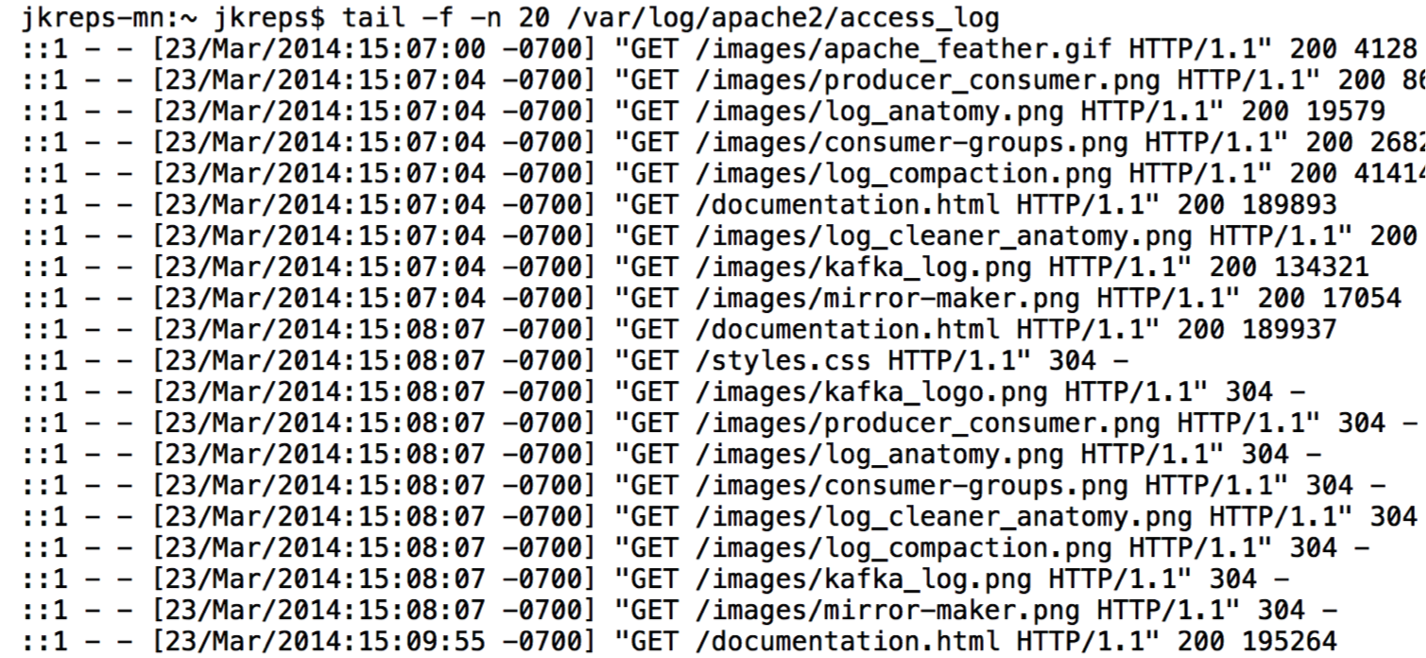
Figure 1-1. An excerpt from an Apache log
The log Ill be discussing is a little more general and closer to what in the database or systems world might be called a commit log or journal. It is an append-only sequence of records ordered by time, as in .

Figure 1-2. A structured log (records are numbered beginning with 0 based on the order in which they are written)
Each rectangle represents a record that was appended to the log. Records are stored in the order they were appended. Reads proceed from left to right. Each entry appended to the log is assigned a unique, sequential log entry number that acts as its unique key. The contents and format of the records arent important for the purposes of this discussion. To be concrete, we can just imagine each record to be a JSON blob, but of course any data format will do.
The ordering of records defines a notion of time since entries to the left are defined to be older then entries to the right. The log entry number can be thought of as the timestamp of the entry. Describing this ordering as a notion of time seems a bit odd at first, but it has the convenient property of being decoupled from any particular physical clock. This property will turn out to be essential as we get to distributed systems.

![Jay Kreps I [heart symbol] logs: event data, stream processing, and data integration](/uploads/posts/book/193914/thumbs/jay-kreps-i-heart-symbol-logs-event-data.jpg)
